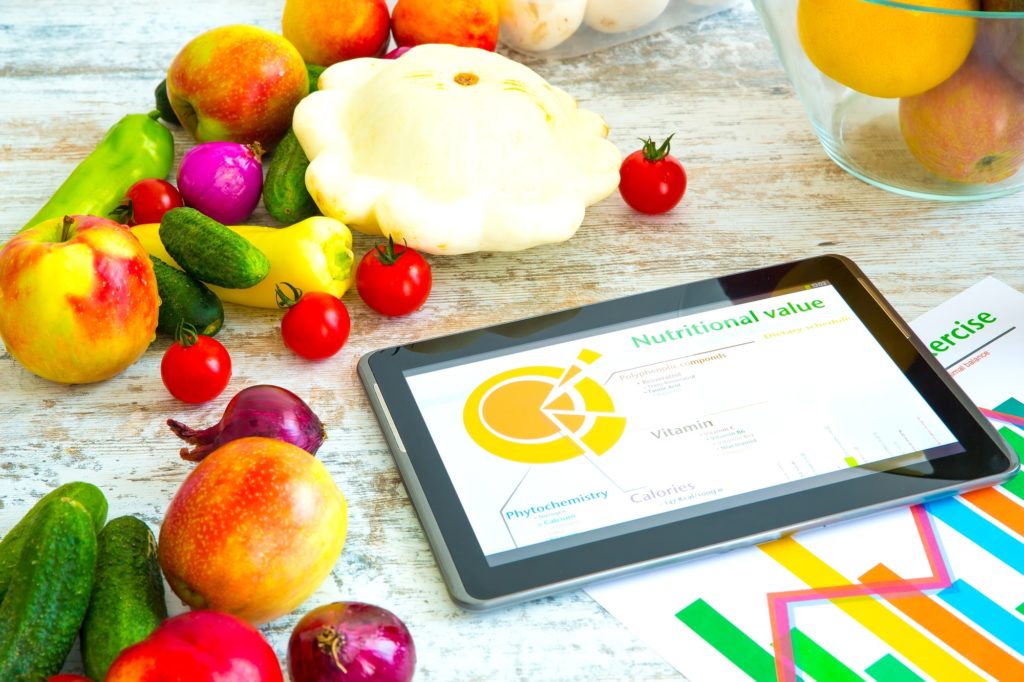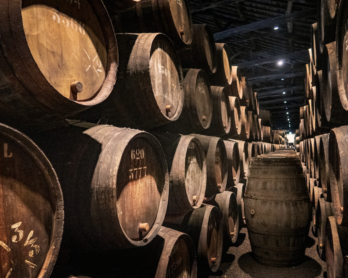Do you crave fresh tomatoes or spinach? You can easily grow your own vegetables. Here’s a vegetable planting guide specifically for beginners.
Open any Advanced Gardner’s bookcase and you’ll find books upon books about gardening. Even the pros need help and guidance about what goes on under the soil.
When it comes to needing a vegetable planting guide, beginning gardeners are in good company. There’s no shame in needing help, no one expects you to have growing seasons memorized off the bat!
So, before you go planning your garden and prepping your plot, what do you need to know?
Read our starter-guide to growing a food garden below!
Preparing the Plot
Before you do so much as buy the seeds, you need to prep the spot where your garden will be. The location of your garden, the level of light it gets, and the soil type all dictate which plants will grow well.
Light
There are three types of light plants like. Full sun, partial sun, and mostly shade. Obviously, all plants need some hours of sunlight to go through photosynthesis – but some are more sensitive to heat than others.
Like lettuce, for example, which wilts in full, hot sun.
When you buy seeds or seedlings, it will tell you what type of sun location they prefer. If you plant the wrong plant in the wrong spot, it may not ever grow.
Soil
Before you buy seeds or throw all your money into overalls and gardening gloves, test your soil. Map out the place you’re planning to plant and take a few soil samples from around the area.
Dig an inch or so deep down and collect a small Tupperware full of dirt. The kind made for snacks and sauces should be just the right size.
If you have a University in your town, call them. It’s likely their horticulture or agriculture labs test soil for a fee.
When you get the results back, don’t be afraid to ask what the numbers mean or for ideas on what to plant. If your soil is too high in one thing, they’ll let you know what you can add to balance it out.
Location
Finally, you need to abide by the #1 rule in real estate: location, location, location. Where can you plant in your yard that has the right amount of sunlight and won’t be dangerous to baby plants?
Things to avoid include windy areas, dry spots, flooding spots, and your dog’s favorite digging spot.
If you have one side of your yard that gets muddy when it rains or a spot your sprinklers just don’t reach – mark that off the list. You want the spot to make sense and encourage growth – not stunt it.
If you can plant your bed near flowers, that’s all the better. You’ll shorten the distance pollinators need to go to find and grace your growing plants.
When to Plant
Each plant has a time of year it wants to snuggle down into the ground. That information is on the helpful seed or seedling wrapper too.
If it says to plant in late spring, they’re referring to when you’re well into the warm days of spring. Early spring is after the last frost, but when it still gets cold at night.
Each season has its own specifications, so if you need clarification, look it up. You can also call your local nursery and ask when you should plant a specific seed.
Still confused? Get more info here.
Beginner Friendly Plants
If you wanted to have a houseplant, you’d start out with a fern or a succulent first – not an orchid. Right?
The same goes for vegetables. You don’t want to start out with something complicated, just to fail and lose your agricultural motivation.
Some plants are hardier than others and take less work to maintain.
Those are the ones you should start with if the season allows. We’ll list them alphabetically below.
Carrots
It’s hard to mess up the things that grow under the ground unless you pull them up too soon. As long as you wait until the soil warms up, carrots are a pretty fool-proof first crop.
They’re cheap, easy to plant and you can make a delicious pesto out of their greens. A small space can grow quite a few carrots, so cramped gardeners take note.
Cucumbers
As long as you can keep the soil wet and remember to water it twice or thrice a day, cucumbers are low maintenance. They grow low to the ground on vines but will climb small trellises if allowed.
They don’t like too much heat so keep your cukes in partial sun. When its time to harvest them don’t reach in and grasp them firmly. They have small spines you’re not used to seeing at the grocery store.
It won’t hurt a lot, but it’s a good idea to wear gardening gloves.
Tomatoes
There are a few diseases you might have to deal with from your tomatoes, but they’re easily diagnosable. The biggest issue with tomato plants is bottom-rot, which can be cured with high-calcium soil.
Tomatoes bask in full sun and grow up and out-so give them something to climb!
Potatoes
Like carrots, it’s hard to mess up potatoes. They’re hardy, grow in cold weather, cold soil, and in big crops. You can plant them late in the summer and early fall, to harvest around early winter.
Make sure you place each potato eye far enough apart, so they have room to grow downwards.
Your Vegetable Planting Guide
If you’re smart about which plants you plant, where you put them, and when you dig them into the ground – you’re likely to be successful.
You may not have a home garden that can feed the whole family right off the bat, but your harvest will seem bountiful. You grew those plants with your vegetable planting guide, which makes them taste 50% better than anything you can find in a store.
Remember to water them often, but not flood them and keep an eye out for bug spots or bottom rot. If you do that, you’re golden!
For more life tips about things that are beautiful and make you happy (like a blossoming garden) check out our tips section here.










